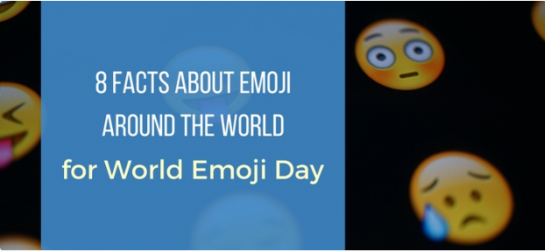
Have you ever sent a text message without using one or more emoji symbols, emojis, or as they are known as emojis, have become essential for online communication, it is a way that was invented to express emotions more effectively to restore some of the differences in face-to-face communication. You know about emoji symbols.
Facts you may not know about emojis
Invented by Japan
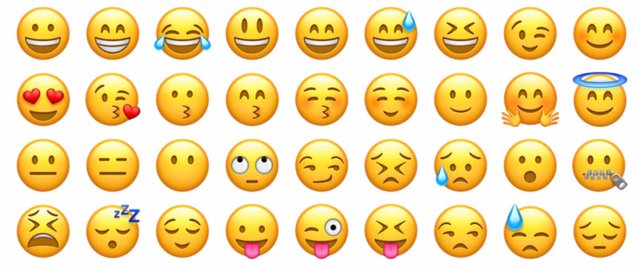
Emojis were invented in Japan in 1999 by Japanese designer Shigetaka Kurita, where cultural and linguistic factors were the reason behind this invention, because the Japanese language carries a lot of meaning in its folds unlike English and other European languages, so emojis were used as a way to indicate To the tone of the text and to express the context.
At first, emojis were limited to Japanese phones, but when Apple released the iPhone in Japan, the company discovered that it needed to add emoji support to compete in the Japanese market, and when iOS 5 was released, emojis became easily available to iPhone users around the world.
It was approved by the Unicode compiler
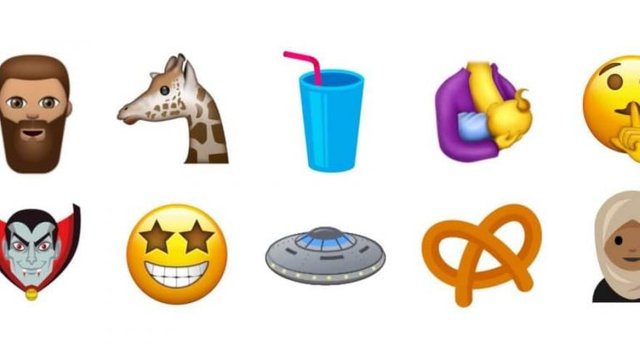
In order for new emojis to be used across different devices and software, they must be approved by the Unicode aggregator, and the approval process can be difficult and often takes a year or more, and 69 new emojis were revealed this year including a girl wearing a hijab.
emoji laughing in tears

Every day 60 million emojis are sent through Facebook, and people in different countries prefer different emojis. The “laughing face” emoji is the most popular in the UK, but in the US the “laughing on the ground” emoji was the most popular, and in Mexico In Brazil, the “heart eyes” emoji was the most popular, while in Spain and Italy, the “face winking and kissing” emoji was the most used.
While Facebook Messenger users in the United Kingdom, Canada and Thailand prefer to use the “heart” emoji, Facebook Messenger users in the United States and India prefer the “face winking and kissing face” emoji, while in Australia they prefer the “smiling face with red cheeks.”
emoji translators

Irish Keith Broni is the world's first emoji translator, his job is to translate emoji used in marketing, making sure that they convey the correct intended meaning and that the target audience will not misinterpret them, emoji are not a universal language and it is difficult to translate, we may use emoji to clarify the meaning , but it is possible to misinterpret the meaning, because the same emoji may look different when sent to other devices and this means that users may interpret it differently, as the “smiley” emoji on the iPhone looks not smiling and sad when sent to Android devices, Also, the gun on an Android device turns into a water gun on the Apple, as well as facial expressions can mean different things as culture affects how you look at it.
It helps with self-expression
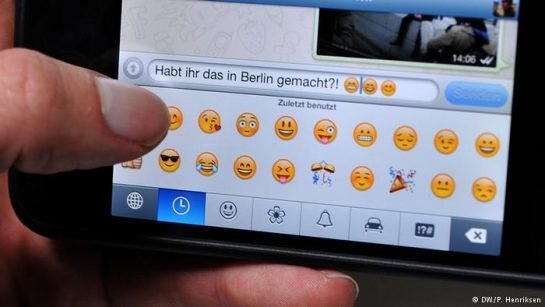
Emojis can help people with aphasia express themselves, an app from Samsung uses emojis to help people recover from brain damage and communication problems, people with aphasia know what they want to say but can't Put it into words, with simple sentences of emoji you can maintain communication even without words.
What is emoji collection?
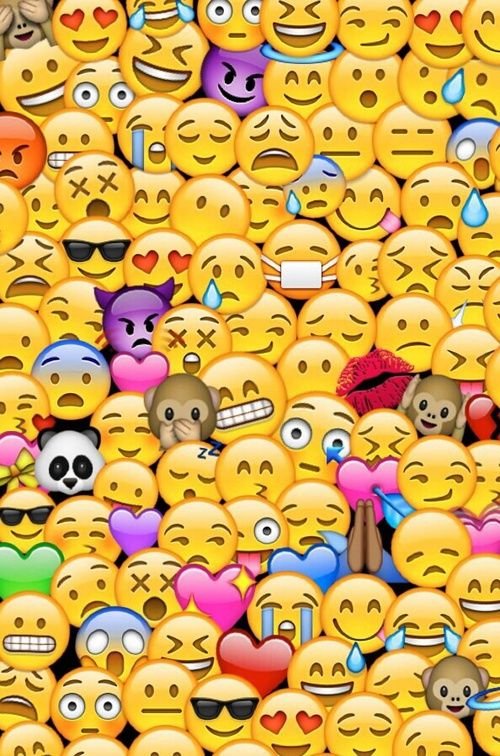
Some publications use “emoji” while others use “emojis,” which is originally a Japanese word and refers to one or more emojis. In Apple Wii and Nicode they use “emoji” as a plural, and the rest of the Internet users prefer “emojis.”
Will emoji become a language?
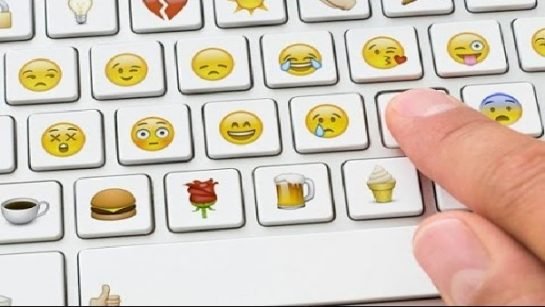
Emojis are a fun way to support meaning, enhance context, and express emotion via text messages. They help restore some communication differences, and we'll stick with them at least until we find a better way, as in companies and brands that want to use emojis in marketing, they are You need to be aware and sufficiently aware of the cultural differences between peoples so that the meaning of the message you want the audience to receive does not differ. Practically speaking is not enough.